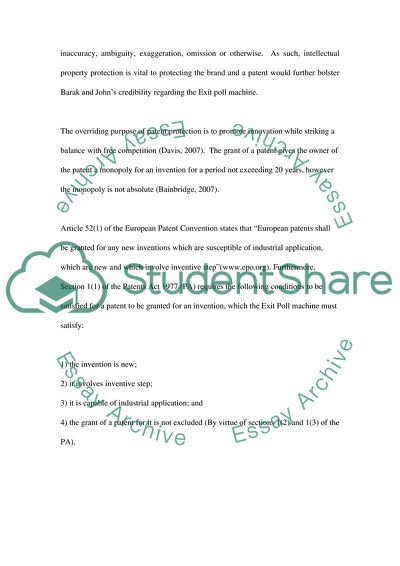Cite this document
(The Issues in Intellectual Property Law Assignment, n.d.)
The Issues in Intellectual Property Law Assignment. Retrieved from https://studentshare.org/law/1720455-marketing-law
The Issues in Intellectual Property Law Assignment. Retrieved from https://studentshare.org/law/1720455-marketing-law
(The Issues in Intellectual Property Law Assignment)
The Issues in Intellectual Property Law Assignment. https://studentshare.org/law/1720455-marketing-law.
The Issues in Intellectual Property Law Assignment. https://studentshare.org/law/1720455-marketing-law.
“The Issues in Intellectual Property Law Assignment”, n.d. https://studentshare.org/law/1720455-marketing-law.


